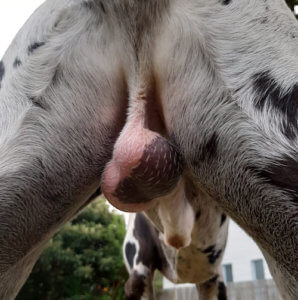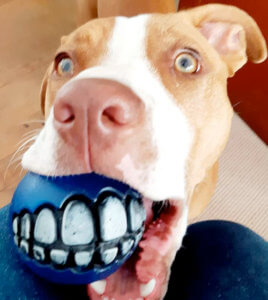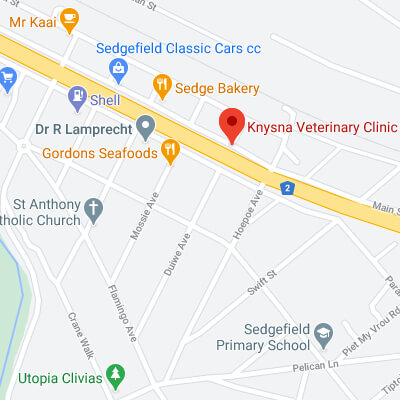So what DO you do when you have no hands? You guessed it… “bottom-dragging”. Sounds familiar? Itchy bottoms are a common occurrence in the canine species (even for the well-groomed, fresh-out-the-parlour individuals). For those fortunate enough to never have witnessed this, it involves walking while “dragging” the rear, tail in the air (also known as “scooting”).
What causes “bottom-dragging”, and what can we do to avoid this embarrassment?!
The three most common causes of itchy pet bums are:
- Anal glands
- Parasites
- Allergies

Each of these topics could start quite a long discussion, so we thought it best to split them up into bite-size chunks.
Today, we will focus on the very common problem of irritated anal glands.
Anal glands . . . they can be pesky
What are they?
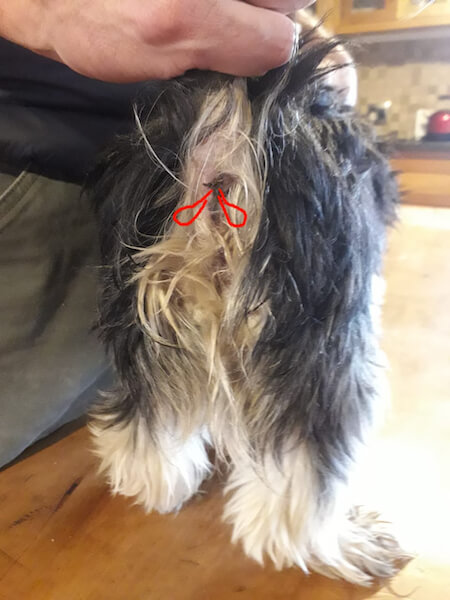
These pesky glands sit at the 5 o’clock and 7 o’clock position on either side of the anus. They secrete a stinky, somewhat fishy-smelling substance. They played a role long ago when dogs were roaming wild and scent marking was a big thing. They were kind of like a “poop print”. Nowadays they do not fulfill any useful function.
What can go wrong with them?
The anal glands are supposed to be naturally emptied (or “expressed”) with defecation. When this doesn’t happen regularly, they can become too full, causing severe irritation, discomfort, or even pain. If the secretion produced is too thick, sort of a toothpaste consistency, it will be difficult to empty through the normal opening and will start to build up in the gland’s little sacs. These need to be expressed manually, and if they’re not, they could eventually form an abscess that will burst open on the left or right side of the anus, below the tail.
Rarely, the anal glands can develop a tumour. These can be palpated by your vet when your pet comes in for an anal gland expression.
Signs to look out for.
Not all dogs will rub their rear on your fresh, clean carpet. Instead, they might react strangely, such as quickly checking their behind as if something bit them. Or there could even be no sign at all that something is wrong, until a gland bursts open as an abscess.
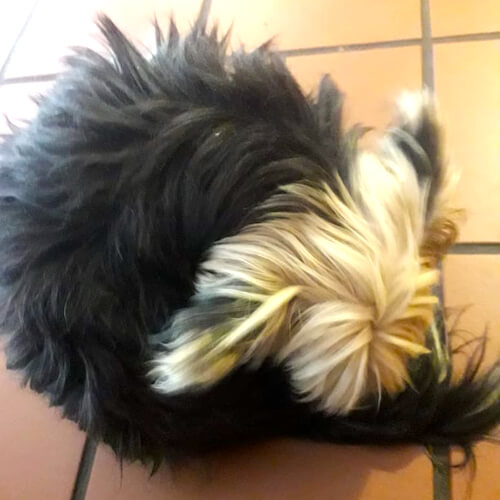
Risk factors for anal gland problems.
Which factors make it more likely that your pet may contract anal gland problems has long been a topic of debate. What definitely plays a role, is:
- obesity (the anal glands are too deeply imbedded in adipose tissue to be emptied naturally),
- lack of exercise (your typical “couch potato”),
- the tendency to suffer from diarrhoea, and
- allergies
Some suggest a high fibre diet and more exercise can prevent anal glands from filling up or becoming impacted.
Treatment options.
- Full anal glands might need regular manual expression. How often this is needed depends on how quickly the gland sacs fill up; every 3 to 4 months is usually sufficient. Anal glands that secrete a thicker material will need emptying more frequently. This is best done by your vet or veterinary nurse, but some groomers will do them, or you might feel bold enough to try it yourself – ask your vet how.
- More problematic or infected glands can benefit from flushing. This procedure could be done without a sedative if the patient is very relaxed, but in most cases it requires a sedative. After a thorough flushing with an antiseptic solution or saline, an antibiotic cream is inserted. Your pet will usually go home with a pain killer and sometimes a course of antibiotics.
- Anal gland abscesses will be treated the same as the above. We will also shave and clean the area on the bum. Your pet will go home with a pain killer and antibiotics.
- Chronic anal gland problems might need surgical removal. This is especially true if the chronic problem is an abscess or tumour. The surgery, along with the risk factors involved, can be discussed at length with your vet.
Don’t wait for your pet to get itchy and painful.
If you suspect your pooch’s anal glands need a squeeze, book an appointment for an anal gland expression. This could be done by one of our vets or even by one of our highly capable nurses. To avoid that “whiff” in the car on the way home, request a squirt of a pet deodorant to freshen up your beloved, happy, four-legged friend.



